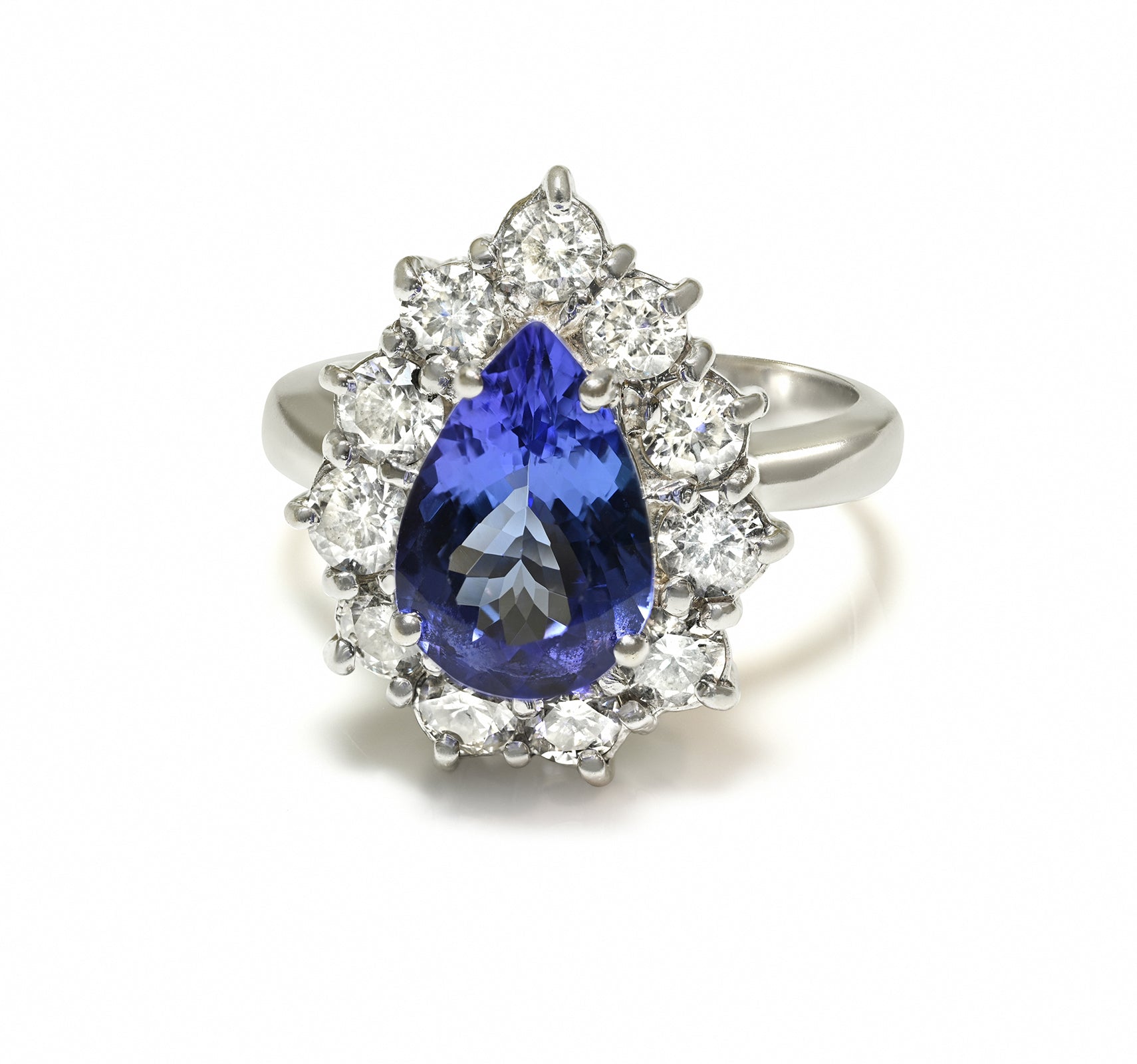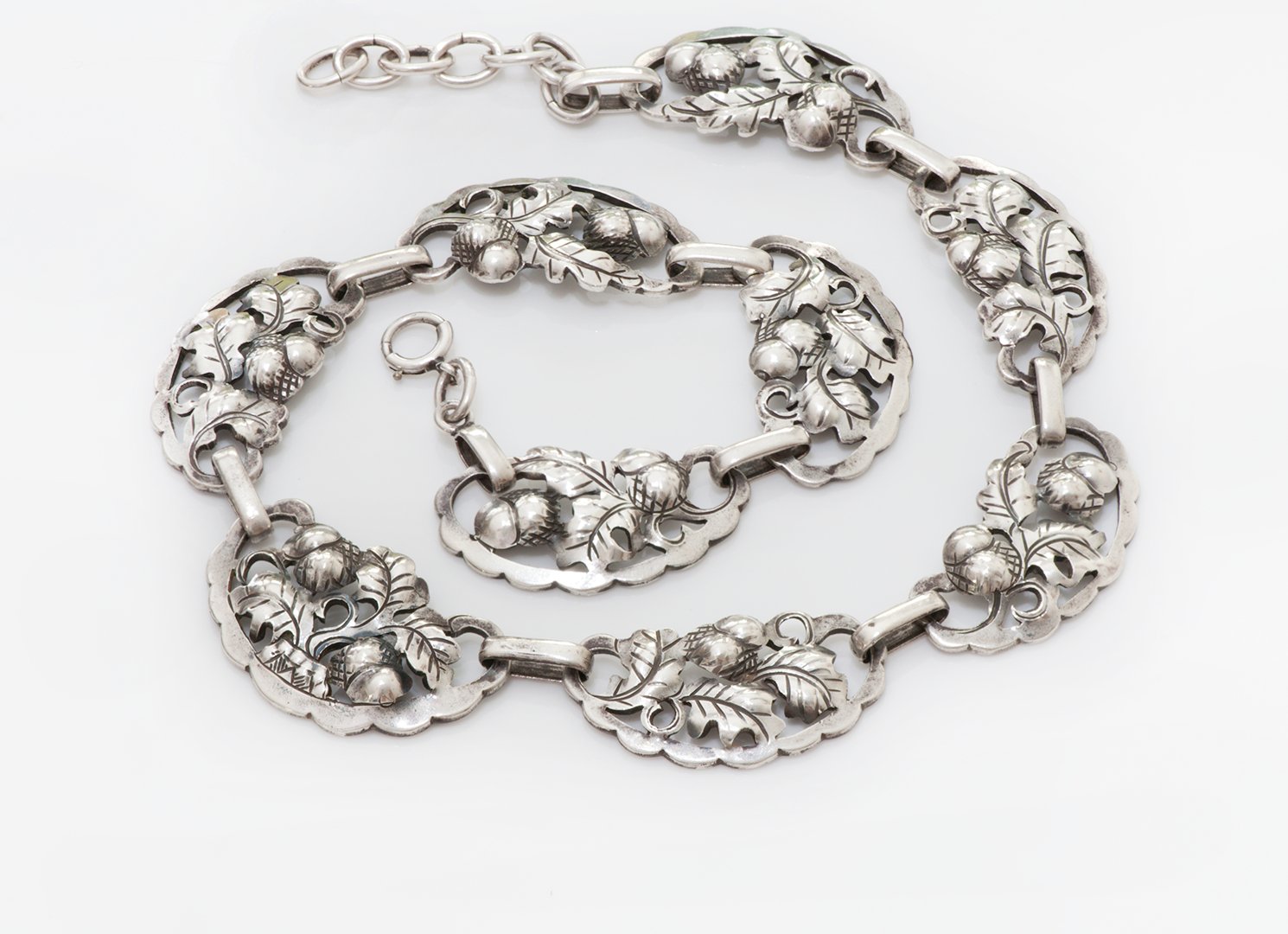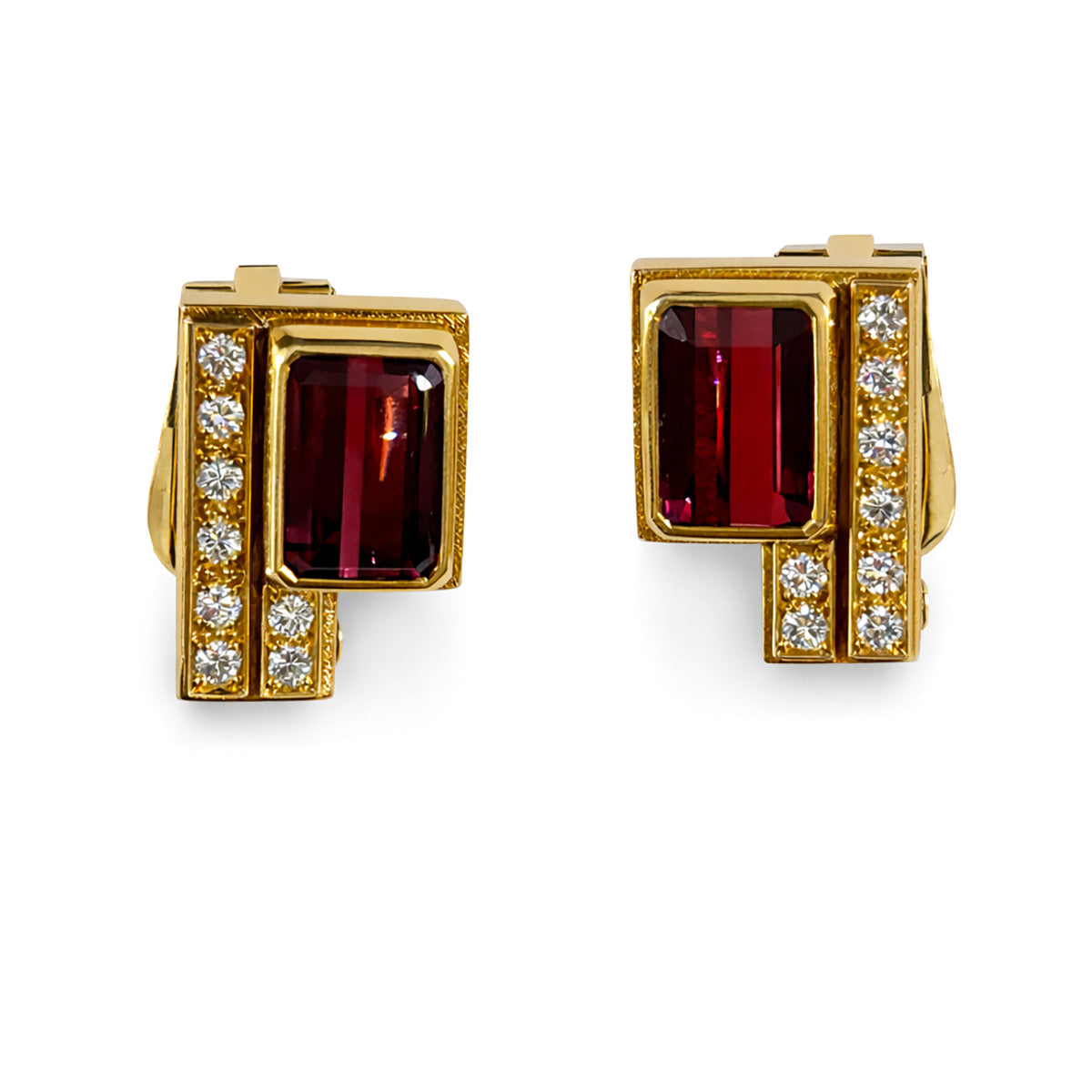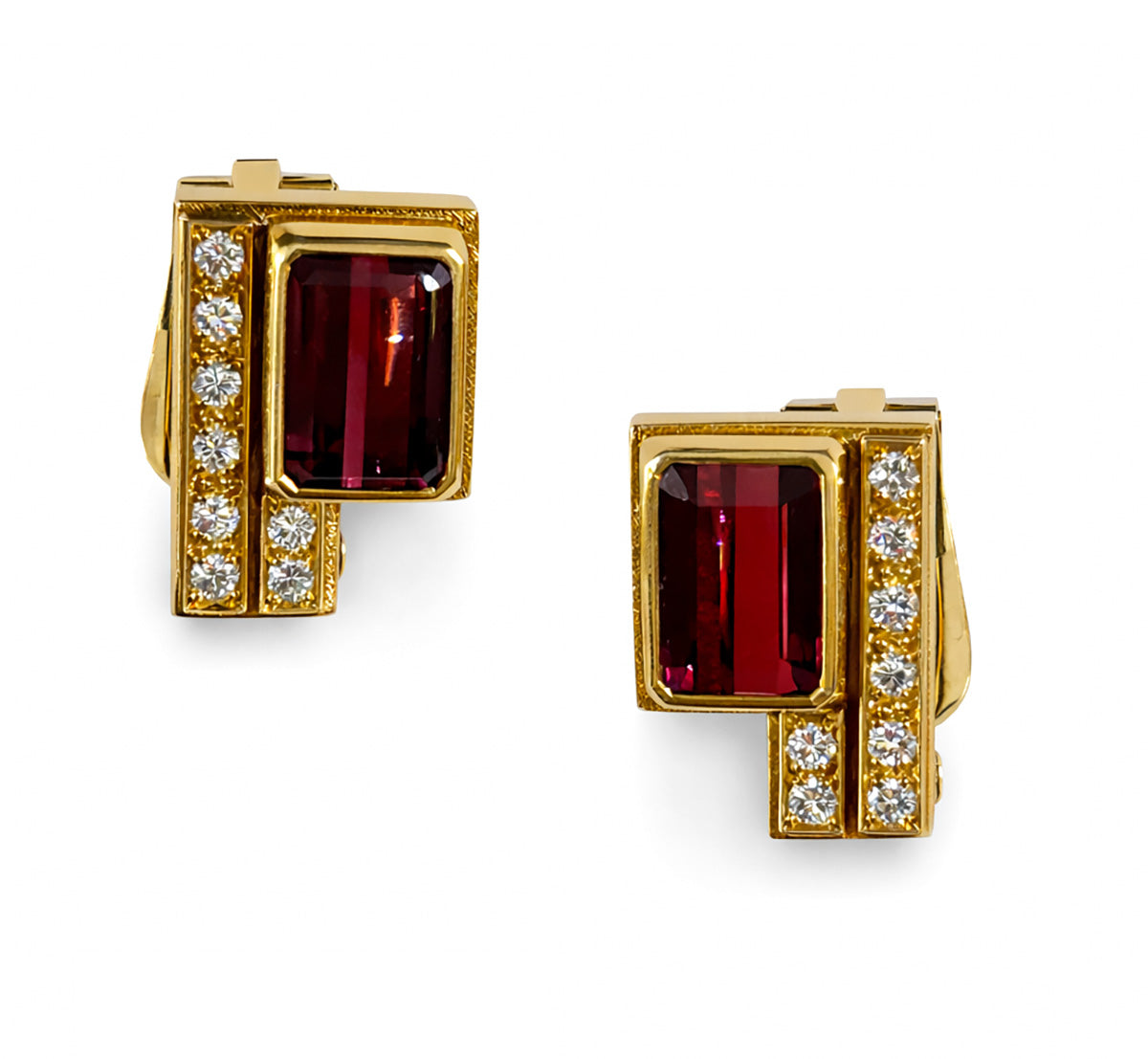
Gold-Plated Jewelry - This Is What You Should Know
Are you wondering if gold-plated jewelry is a good idea for you? Here is all you should know about this type of jewelry.
Every woman can have some gold-plated jewelry in her wardrobe to compliment the outfits she wears in her everyday life. Denoting pure elegance, these precious singing accessories are a financially favorable option if you love gold jewelry but your budget is not generous enough to purchase pure gold pieces.
Gold-plated jewelry offers the look and style you want without the high price tag that gold jewelry has. And it is ideal for casual days when you don't want to wear expensive jewelry but still want to shine.
The Quality Of Gold-Plated Jewelry
Gold plating has varying levels of quality, largely depending on the thickness and purity of the gold layer, the base metal used in the piece, and the quality of the craftsmanship.
Once plated, it's almost impossible to spot the real gold in gold-plated jewelry just by looking at it. Like all other things, gold-plated jewelry has its drawbacks.
Loss of luster, discoloration, and the need for re-plating from time to time are common problems you'll encounter with these types of jewelry.
What Exactly Is Gold Plating?
Gold plating is a process of bonding a thin layer of gold to a base metal. Plating is quite common in the jewelry world, with gold and rhodium being two types of metals heavily used in this process which was invented in 1805 by Luigi Brugnatelli, a famous Italian-born chemist, according to Unica.
How Is Gold Plating Done More Specifically?
Plating jewelry with gold is an easy process but requires several steps. The jewelry must first be thoroughly cleaned and removed from all pollutants. This is very important, as dirt and oil on the base metal will prevent the gold layer from sticking properly.
Steam cleaning and ultrasonic cleaning are a few methods of cleaning the base metal to produce the best results.
Then a thin layer of high-quality nickel is applied to the base metal. This is to protect the gold layer from any impact of the base metal. The nickel layer also protects the gold liquid from the containers used for the plating process.
For the final layer, the jewelry is immersed in gold containers where, with the help of a positive electrical charge, the gold will bond to the base metal. Once the gold plating has reached the desired thickness, the pieces are hung to dry.
Which Metals Can Be Gold Plated?
Gold plating can be done on most metals, such as nickel, brass, stainless steel, silver, and copper. Modern industrial metals such as tungsten and titanium can also be gold-plated. Of these, silver and copper are the most commonly used.


















